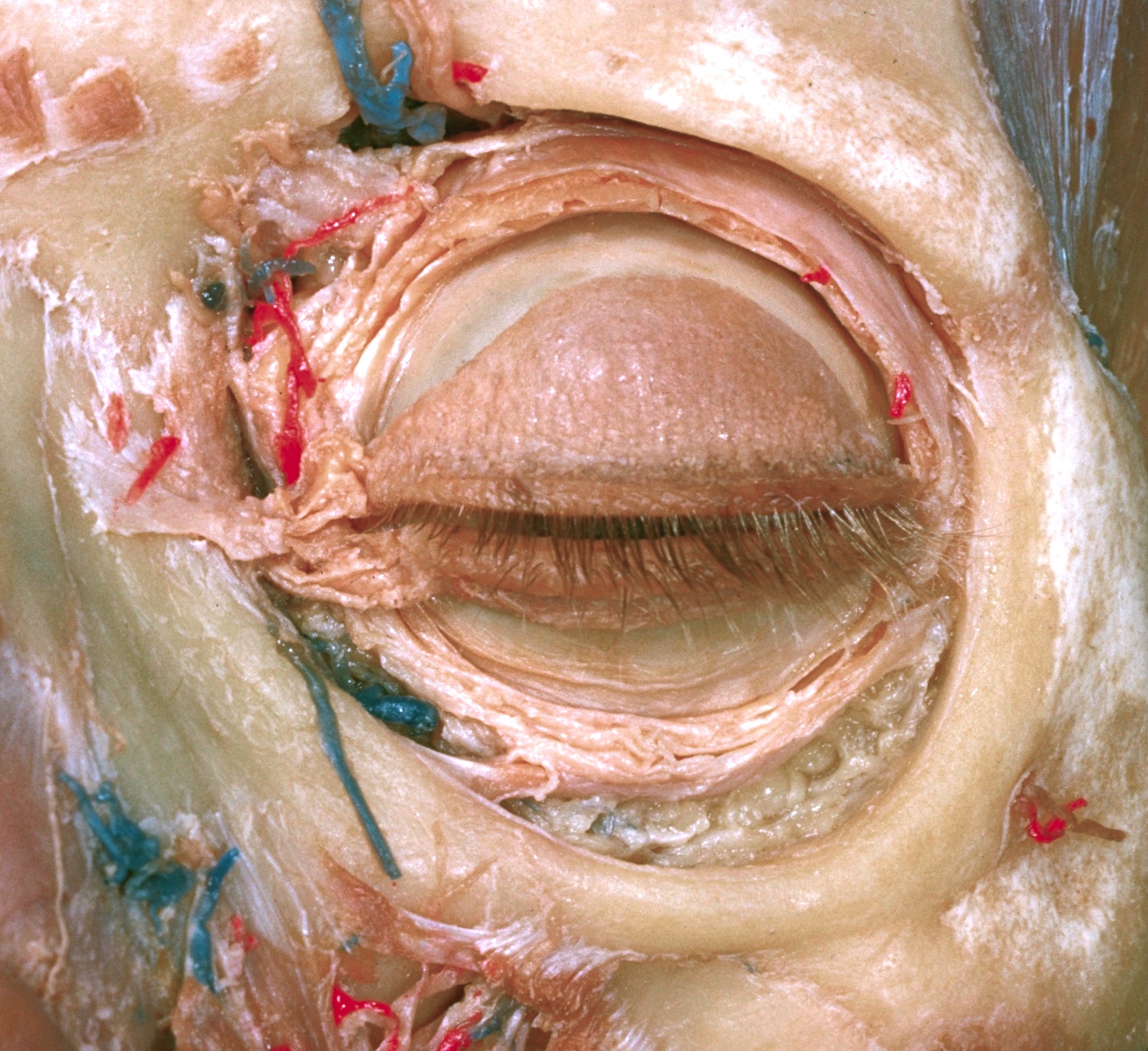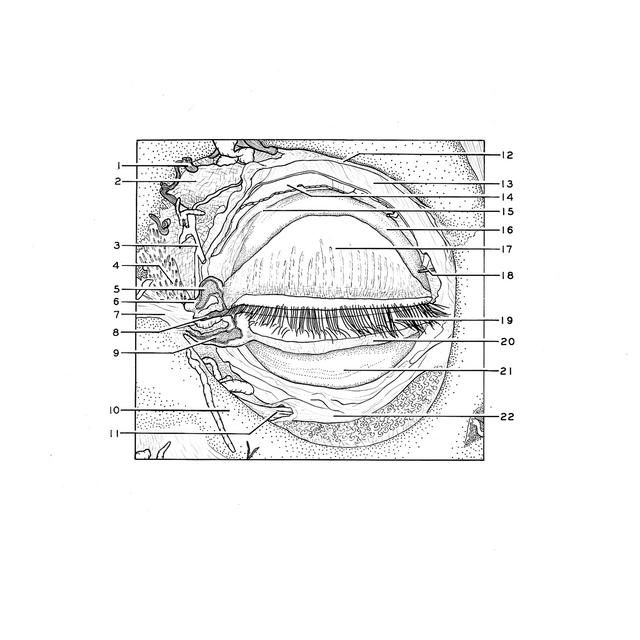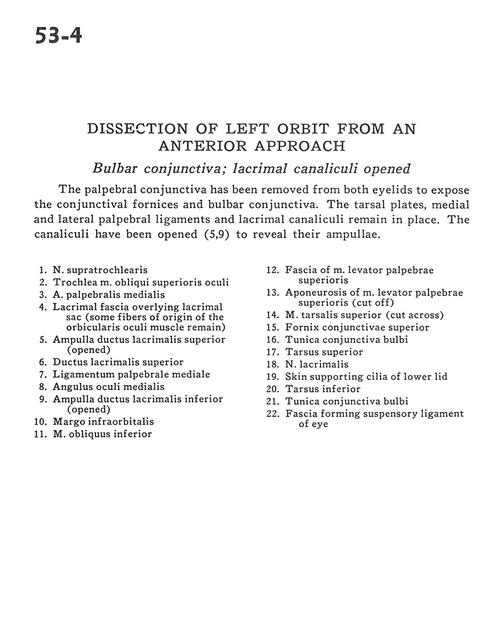Dissection of left orbit from an anterior approach
Bulbar conjunctiva; lacrimal canaliculi opened
Stanford holds the copyright to the David L. Bassett anatomical images and has assigned
Creative Commons license Attribution-Share Alike 4.0 International to all of the images.
For additional information regarding use and permissions,
please contact Dr. Drew Bourn at dbourn@stanford.edu.
Image #53-4
 |  | ||||||||||||||||||||||||||||||||||||||||||||||||
 |
|